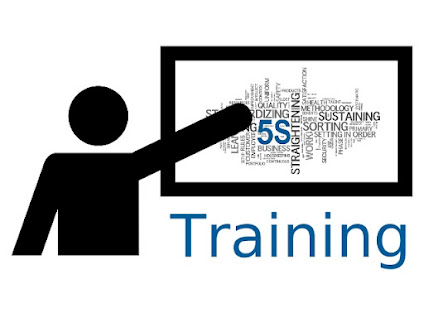Key Elements of ISO 14001:2015 Awareness Training for Sustainable Practices
As the world continues to move
towards more sustainable practices, organizations must ensure that their
employees are aware of and understand how they can contribute to these
initiatives. ISO 14001:2015 Awareness Training for Sustainable Practices is an important
part of this process. This type of training helps employees become
knowledgeable about the organization’s environmental management system (EMS)
and its requirements, as well as familiarizes them with best practices in terms
of sustainability.
The key elements that should be
included in any ISO
14001:2015 Awareness Training program includes:
1) An
introduction to EMS - A comprehensive overview of what an EMS is and why it's
important for businesses today; including a discussion on regulatory compliance
standards such as ISO 14000 series standards, laws & regulations related to
environmental protection & conservation, etc., along with relevant case
studies from other organizations who have successfully implemented their own
EMS programs.
2)
Understanding your role – Employees need to know how they individually fit into the
overall picture when it comes to implementing sustainable business processes
within their organization; what tasks or responsibilities do they have? How
will changes affect them? What roles do others play in successful
implementation?
3)
Environmental impacts – Discussing both positive & negative impacts which may
arise due to various activities being carried out by different departments
within a company e.g. manufacturing process emissions affecting air quality or
waste disposal impacting water sources etc. Its essential staff members gain
awareness about potential risks associated with activities undertaken by them/other
so appropriate measures can be taken accordingly if needed.
Also Read: SPC Training
4) Best
practice guidelines- Introducing practical guidance which covers topics such as
energy efficiency, resource utilization, pollution prevention strategies,
recycling policies, etc. These should provide clear instructions for staff
members on how best to implement green initiatives in the workplace.
5) Internal
Auditing-
Essential element is required during certification audits but also beneficial
internally too; helping identify areas where improvements could be made
alongside providing evidence demonstrating commitment towards continual
improvement objectives set out initially via the organization’s policy
statement.
Overall having sufficient knowledge
regarding all aspects mentioned above will help organizations achieve desired
goals effectively whilst equipping personnel necessary skillset to ensure success
going forward!
Also Read: Minitab Training




Comments
Post a Comment